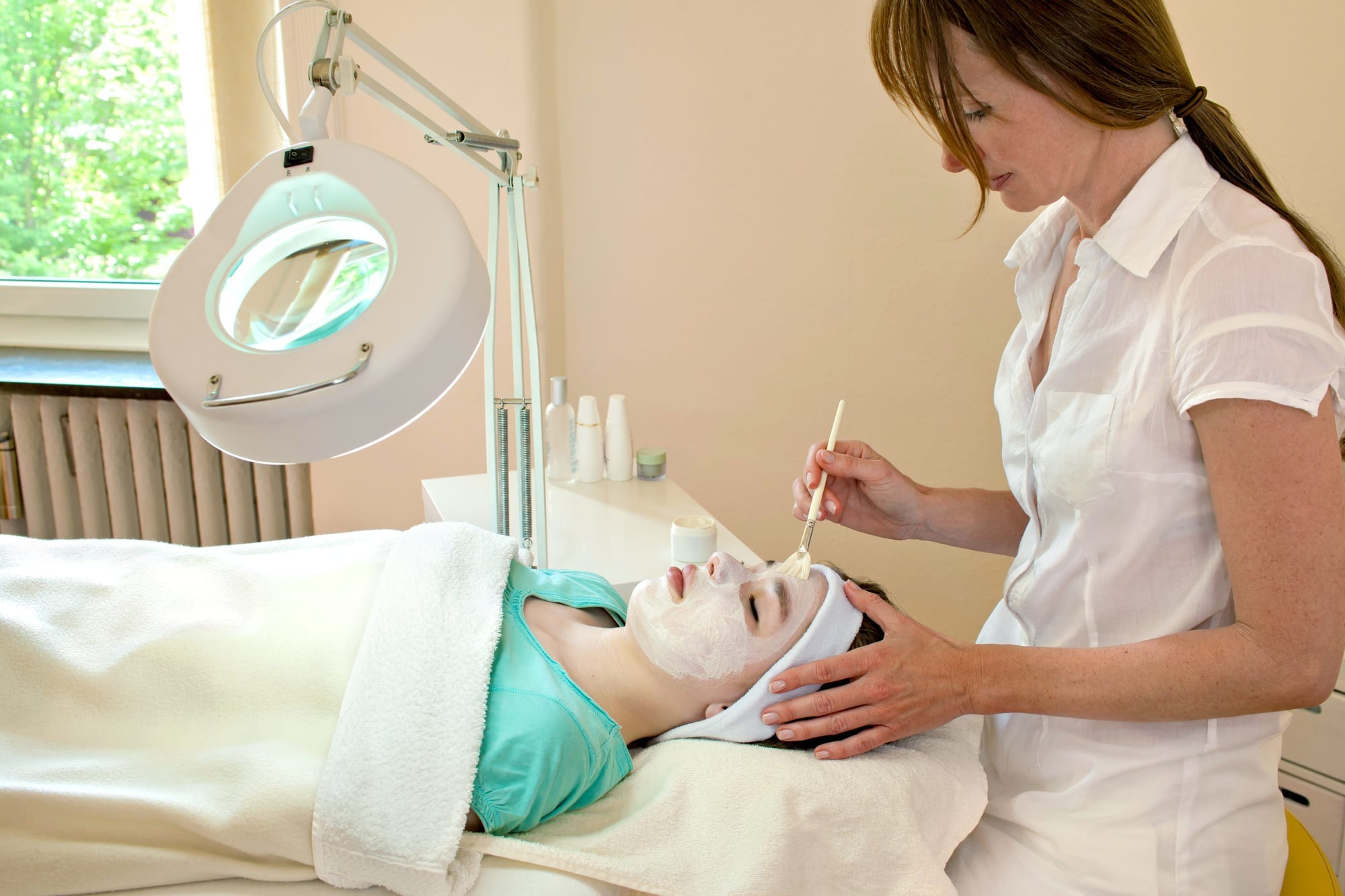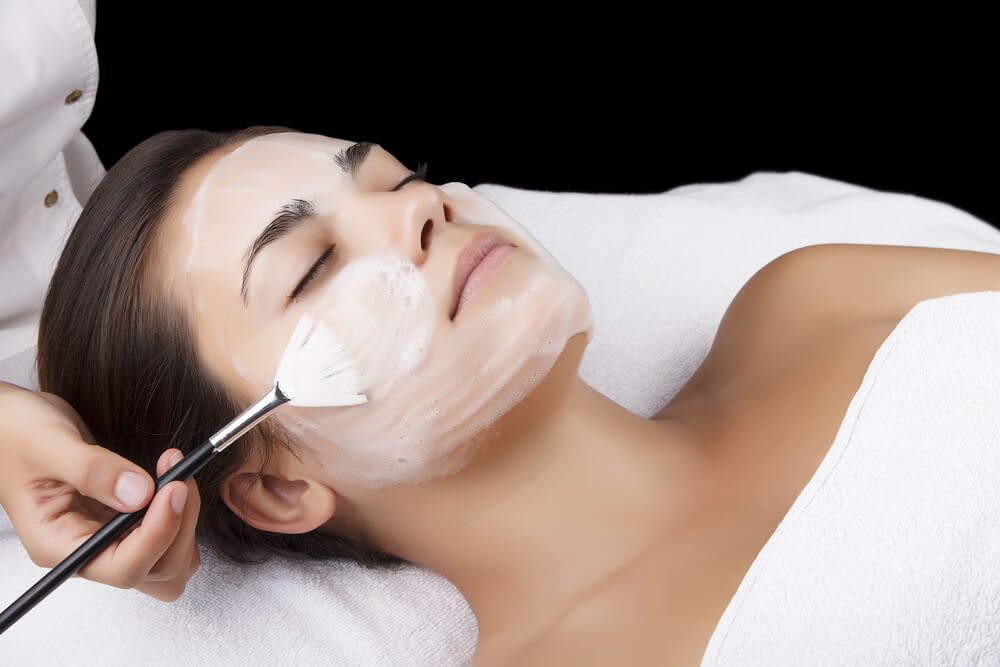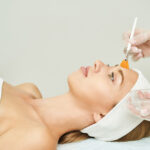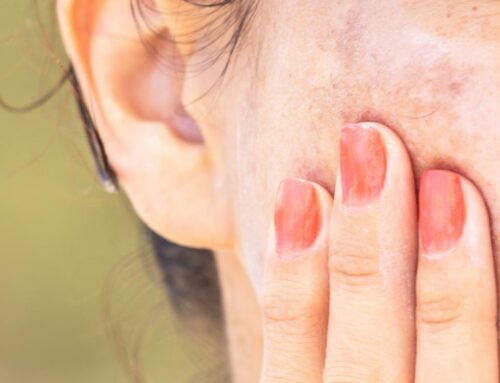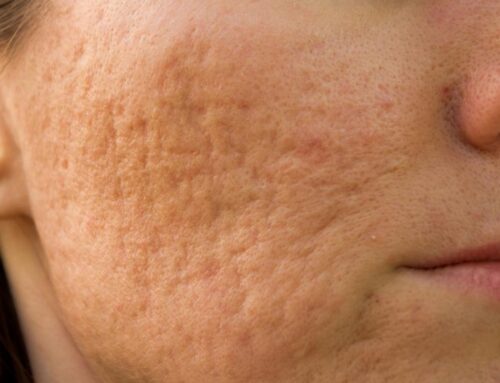Peels

Once a year, we celebrate glowy skin with our Peel Party. When attendees purchase a peel, they receive a complimentary peel on their account for future use. Still, we realize a lot of people are new to peels or hesitant about the level of commitment that comes with taking the peel plunge.
How often should someone get a peel?
We recommend every 4-6 weeks because it takes about 30 days for your skin to turn over. A total of six treatments is recommended.
Do peels hurt?
With most peels, you will feel a tingle. It goes away in a couple minutes, and we follow up with a sunscreen that neutralizes any sensation. Throughout the treatment, we’ll check in on a scale of 1-10 — your peel shouldn’t be painful.
I feel like my skin is in great condition. What would be the benefit of getting a peel?
If you live in Texas, the sun can be intense. There are pollutants in the air that can be detoxed by, say, the antioxidant peel. Some peels can also help to create a protective layer against these pollutants.
Are there any things you can’t or shouldn’t do immediately after getting a peel?
You should avoid heat of any kind. Skip going out in the sun, working out, or taking a really hot shower so your skin can heal.
WHAT CAN PEELS BE USED FOR?
They are versatile and can be used to treat:
-
Acne
-
Sun damage, including age spots and fine wrinkling
-
Skin texture
-
Pigmentation issues like melasma and post-inflammatory hyperpigmentation
-
Superficial scarring
What you need to know before picking up an at-home peel
Skincare information is aplenty in this internet age and if you’ve been paying attention, exfoliation is in. Spending big bucks on moisturizers and cleansers can be a waste if you’re skipping this important step. It helps slow aging, brightens skin, and clear breakouts.
One type of exfoliation, chemical peels, are gaining in popularity because of how effective they are at solving problem skin. Acid exfoliants can now be found in at-home peels, body lotions, cleansers, serums and toners, and for good reason. It’s a simple, easy way to see real skin changes without the dermatologist price tag.
Since there are so many products and types of chemical exfoliants you should know a thing or two before picking up a bottle.
Am I a candidate for chemical peels?
In short, yes! Most people could benefit from the benefits of chemical exfoliation. The benefits range firming the skin, improved texture, softened appearance of fine lines and reduced breakouts. They are also a great way to maintain healthy skin and provide collagen-boosting benefits.
And those who shouldn’t use a peel are those with infected wounds, extremely inflamed acne, and those with extremely sensitive skin. However, Perfect Image Peels offers a Daily Use peel which is a very low and tolerable concentration that many people with sensitive skin can handle. You’ll want to handle extreme skin issues before adding in a chemical exfoliant.
If you are unsure, ask your dermatologist.
